New Work, Sep 23 (V7N) - The 15-member United Nations Security Council (UNSC) is responsible for taking action on any threats to international peace and security, often through resolutions and decisions. However, the path to transforming a draft resolution into a legally binding document for the 193 UN Member States can be fraught with challenges.
For instance, since the onset of the Gaza war in October 2023, the Council has drafted and adopted several resolutions. Others were rejected for failing to garner the required nine votes, or vetoed—a power exclusively held by the five permanent members of the Council: China, France, Russia, the United Kingdom, and the United States.
Even small details such as single words or phrases can lead to prolonged negotiations. In the case of Gaza-related proposals, the term "ceasefire" became a sticking point, with some members preferring the phrase "cessation of hostilities."
When the Council fails to reach consensus, a mechanism introduced in 2022 allows Member States to request that the General Assembly convene to discuss each veto cast. Nevertheless, the basic process of drafting resolutions has remained unchanged since the Council adopted its first resolution in 1946.
The Process of Drafting a Resolution:
The process of drafting an initial resolution is usually initiated by one or more Council members. When the issue is as complex as the Gaza conflict, drafting can extend beyond the 15 Council members, involving various stakeholders. Experts from the respective permanent missions often consult with regional groups, concerned nations, and other relevant parties to gather input.
The ultimate goal is to adopt a resolution, preferably unanimously, calling for actions such as ending a conflict, authorizing peacekeeping missions, or imposing sanctions.
From Draft to Zero Draft:
The initial draft is typically revised into what is called a "zero draft." According to Nikolai Galkin, a senior political affairs officer with the UN Secretariat, the zero draft is a preliminary document used to gather further input from Council members. After the zero draft is circulated, usually by email, further revisions are made based on the feedback received.
Negotiation and Compromise:
Negotiations to resolve disagreements can take time. For example, during the drafting of a Gaza resolution, significant debate arose over the use of the term "ceasefire." Such negotiations typically occur informally, sometimes outside New York, with member states consulting their respective capitals for direction.
The Final Draft: ‘In Blue’
Once a final version of the draft is agreed upon, it is formatted and circulated “in blue,” signaling that the Council is ready to vote. This term dates back to an old photocopy machine in the Security Council offices that used blue ink to print draft resolutions.
After circulation, a formal meeting is scheduled for a vote. For the resolution to pass, it must secure at least nine votes and avoid a veto from any of the permanent members.
Final Steps: From Blue to Black
If adopted, the final document is translated into the UN’s six official languages—Arabic, Chinese, English, French, Russian, and Spanish—and published in black. All drafts, whether adopted or rejected, are recorded in the UN documents system for future reference. Efforts are also underway to make it easier to locate these documents on the UN Security Council website.
This intricate process, often marked by negotiations and compromise, underscores the challenges of achieving consensus in the realm of international diplomacy.
END/SMA/NYC/AJ/



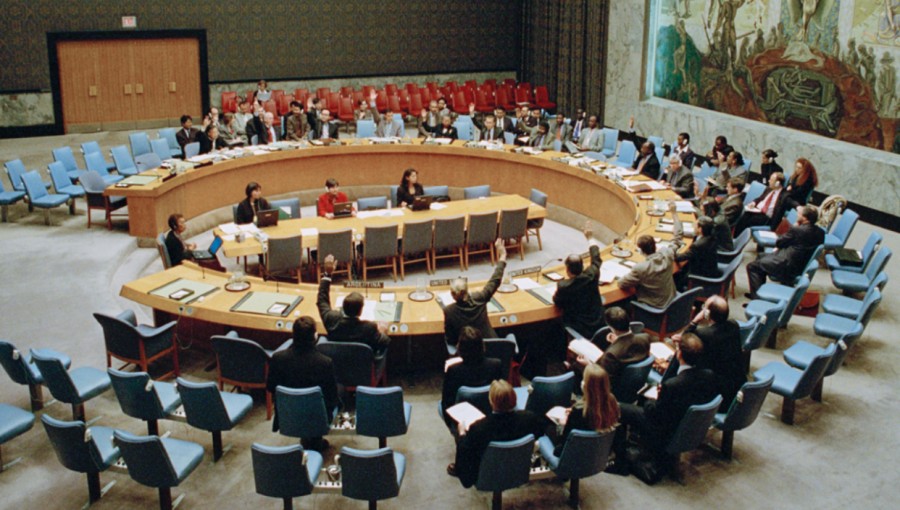
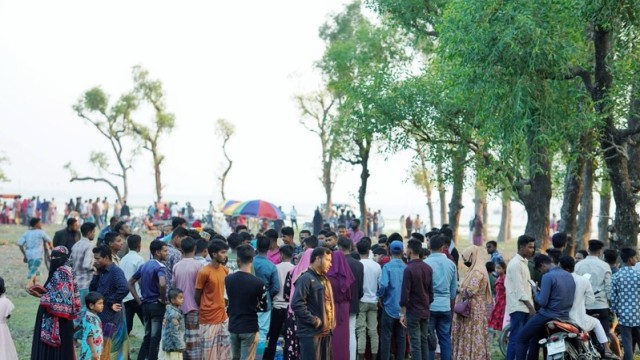
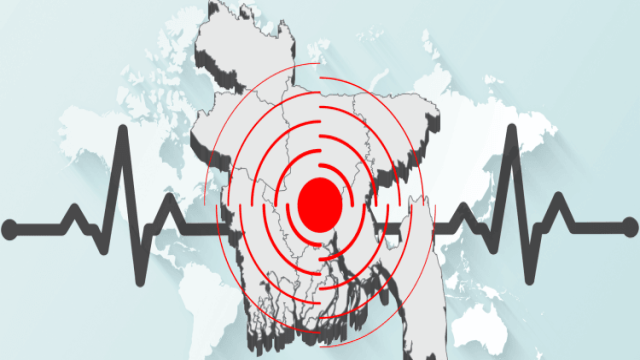




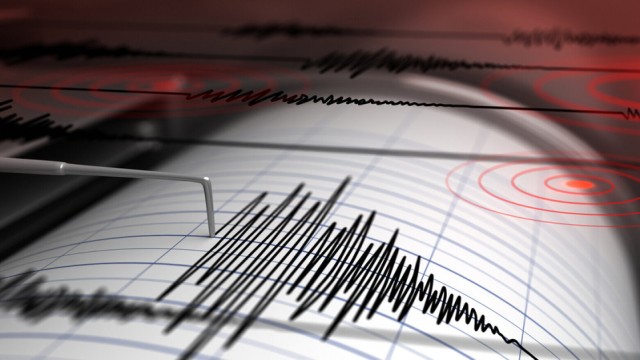
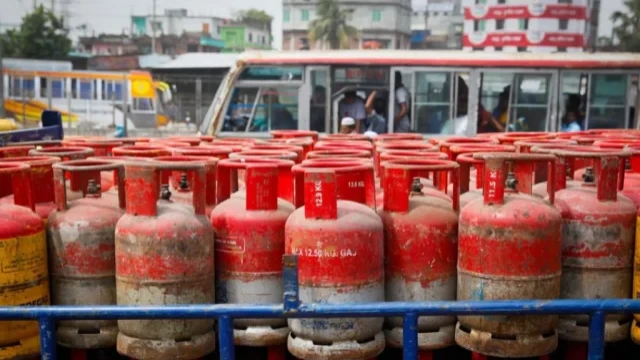
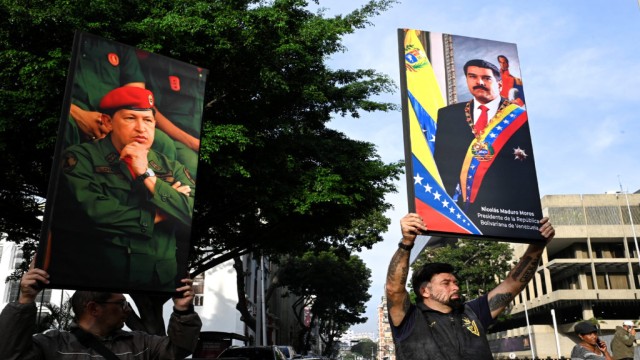
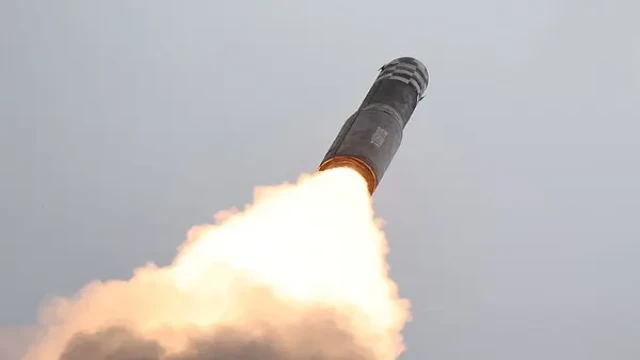
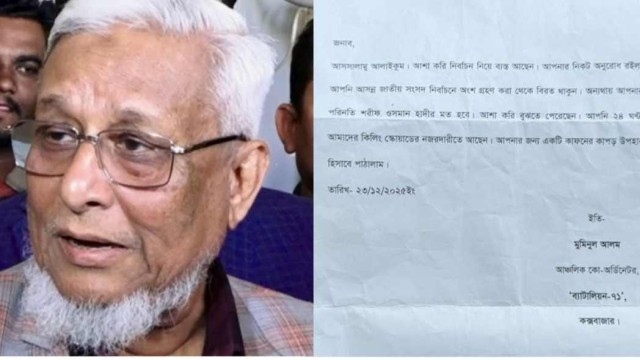
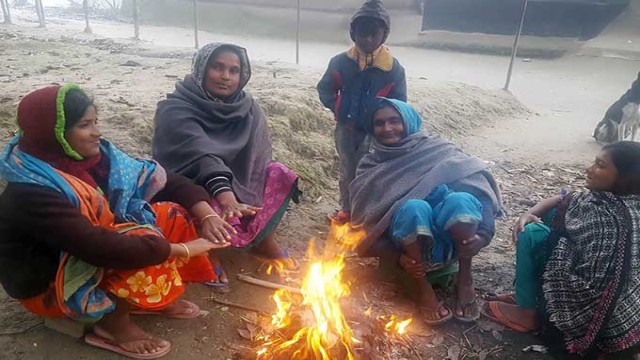
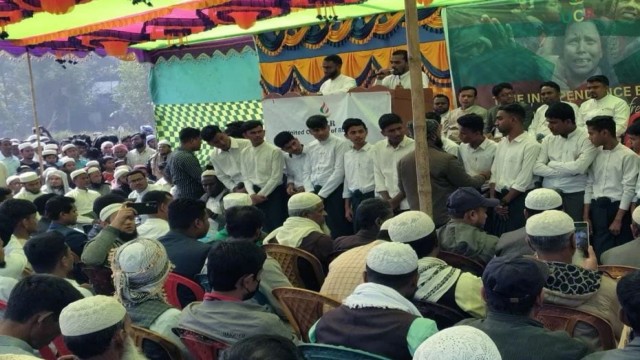
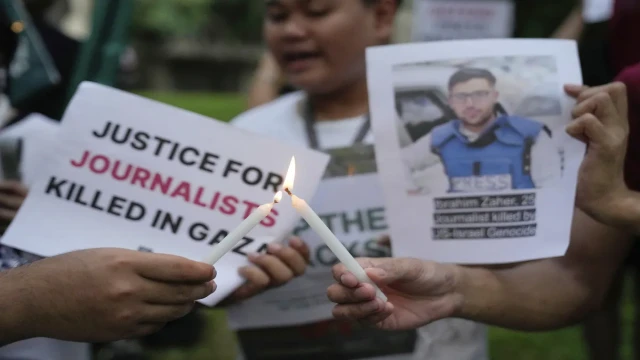



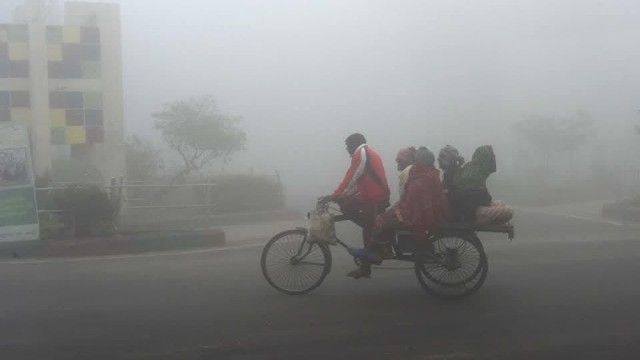
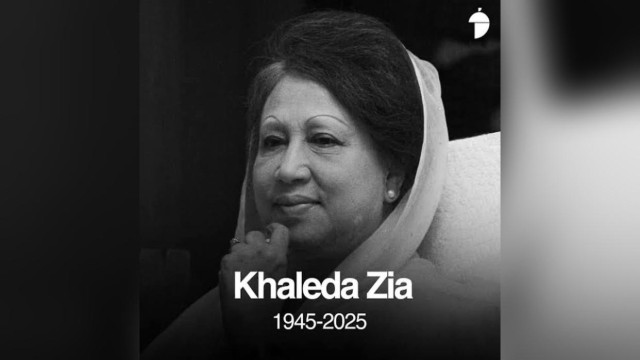
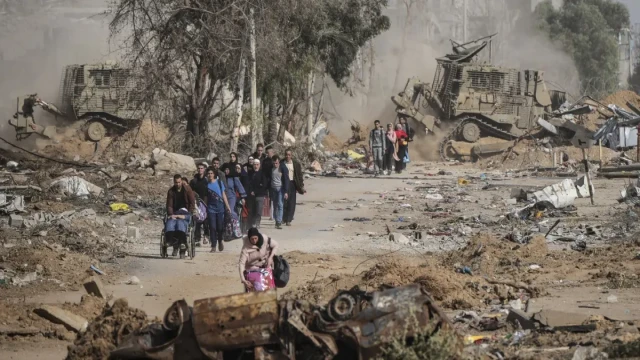
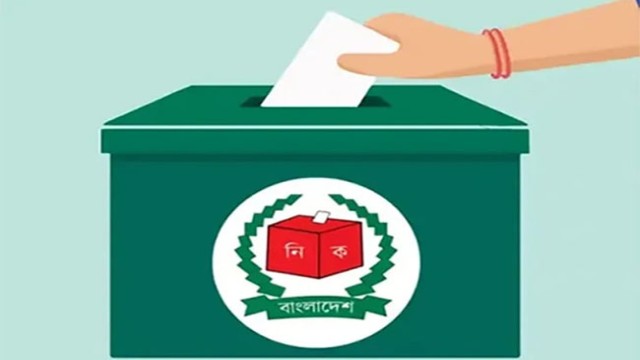

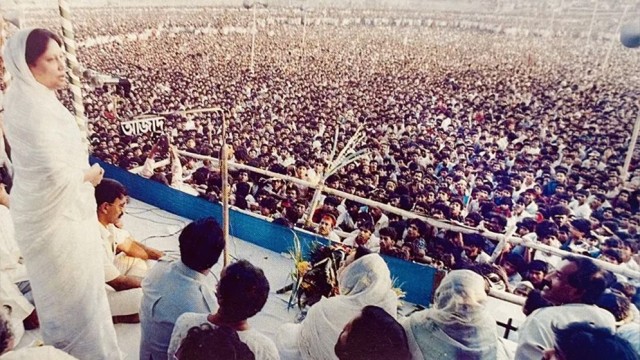
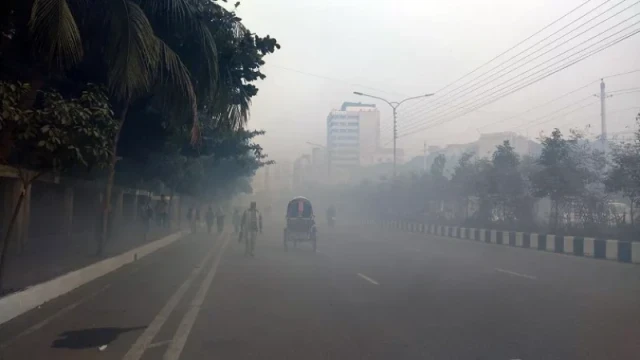
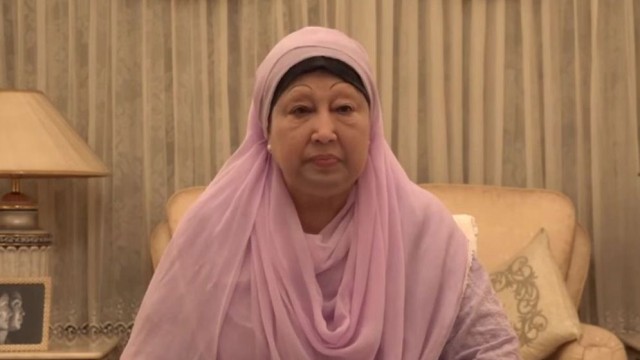
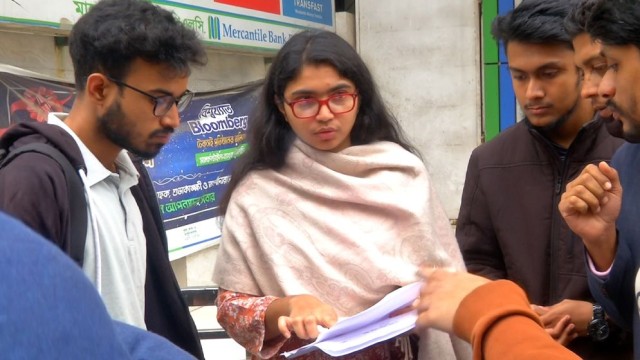

Comment: